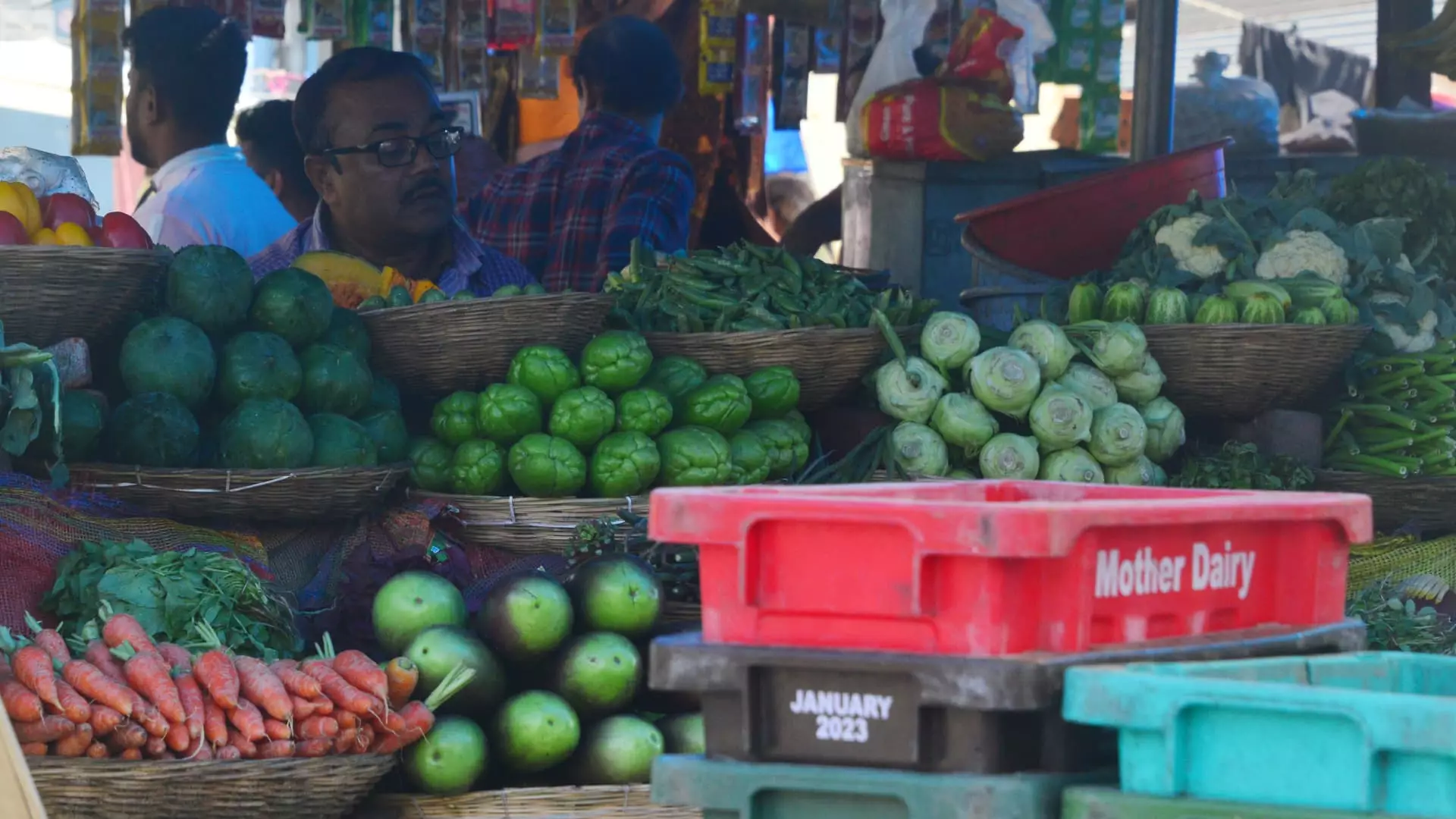The recent economic landscape in India has experienced fluctuations in inflation, leading to important considerations for policymakers. The Ministry of Statistics and Programme Implementation (MoSPI) recently announced that inflation declined to 5.22% in December, a notable decrease from the previous month and below analysts’ expectations of 5.30%. This downward trend has significant implications for monetary policy and economic growth prospects, particularly regarding the Reserve Bank of India (RBI) and its strategies to navigate an evolving economic environment.
The decrease in inflation for the second consecutive month presents a ray of optimism for the Indian economy. This development follows a peak inflation rate of 6.21% in October, which exceeded the RBI’s tolerance threshold of 6%. These numbers signify a broader economic transition that aligns with RBI Governor Sanjay Malhotra’s projections of a 4.8% inflation rate by the fiscal year ending in March 2025. The current data elucidates a key shift involving the growth rate of food prices, which, as a critical metric for inflation assessment, has decreased from 9.04% in November to 8.39% in December.
Consumer affordability plays an essential role in economic sustainability, and the easing of food prices, particularly for staples like vegetables and cereals, serves as an advocate for household spending. Price variations in essential commodities have a lasting impact on consumer confidence and, subsequently, economic growth. Agriculture plays an indispensable part of India’s GDP, and its performance directly influences broader economic stability. The decline in inflation, particularly among vegetables—which experienced a remarkable drop from 42.18% in October to 26.56% in December—shows promise for a return to healthier food price averages.
The recent inflation trends present opportunities for the Reserve Bank of India to revisit its monetary policy. In light of the latest data, experts are speculating a potential shift towards rate cuts in upcoming Monetary Policy Committee (MPC) meetings. Specifically, many analysts anticipate a 25 basis point reduction in the repo rate to 6.25%. As India grapples with slowing economic growth, which only expanded by 5.4% in the second fiscal quarter, easing monetary policy could stimulate consumer spending and investment.
However, the central bank faces a complex interplay between fostering growth and maintaining currency stability. The weakening of the Indian rupee, which recently hit a record low against the dollar at 86.58, presents a formidable challenge for the RBI. With depreciation complicating the monetary easing process, policymakers must tread carefully to avoid exacerbating currency weaknesses while pursuing growth objectives. The implications of currency fluctuations could push the RBI to caution against aggressive rate cuts, reflecting the delicate balance needed in economic policy.
The broader economic recovery in India holds particular interest as analysts strategize on growth trajectories. While Bank of America anticipates a potential rebound in GDP in 2025, the uncertainty surrounding the recovery remains palpable. Areas such as agricultural production and air traffic show strength, whereas other sectors like credit growth and consumption indicators appear weaker.
Navigating these complexities involves recognizing the interdependencies among economic indicators. For instance, weaker consumption may hinder GDP growth despite fortifying agricultural output. Thus, it is crucial to adopt a multifaceted approach to economic recovery—one that encourages consumer spending, catalyzes credit growth, and reassesses fiscal measures to boost overall economic resilience.
India’s inflation narrative and its implications for monetary policy present a nuanced picture of the country’s economic health. The gradual decline in inflation, coupled with sound agricultural performance, may provide the RBI with room to maneuver on interest rate adjustments. Nevertheless, challenges such as currency depreciation pose serious threats to these optimistic forecasts.
As policymakers strategize for future economic pathways, the focus should extend beyond short-term inflation metrics. A comprehensive framework that combines monetary policy with fiscal stimulus—grounded in robust data analysis—will be essential for achieving sustained economic growth. Continued monitoring of the inflation trends and their micro and macroeconomic impacts will not only shape local investment climates but will also influence international perspectives on India’s economic viability. Thus, the road ahead requires careful navigation to forge a resilient economic future.


Leave a Reply